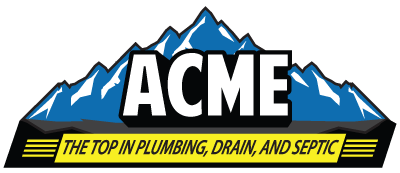Understanding the Septic Tank Inspection Process: What Homeowners Need to Know
Septic tanks are an essential component of many homes, especially in rural areas where municipal sewage systems are not available. To ensure the proper functioning and longevity of your septic system, regular inspections are crucial. Understanding the septic tank inspection process can help homeowners maintain their systems effectively and avoid costly repairs. Here’s what you need to know about septic tank inspections.
Why Septic Tank Inspections are Important
Regular septic tank inspections are vital for several reasons:
Prevention of System Failures: Inspections help identify issues before they become major problems, preventing system failures and costly repairs.
Compliance with Regulations: Many local authorities require regular septic tank inspections to ensure environmental safety and public health.
Protecting Property Value: A well-maintained septic system can protect your property value and ensure smooth transactions if you decide to sell your home.
Environmental Protection: Regular inspections prevent leaks and overflows that can contaminate groundwater and nearby water sources.
When to Schedule a Septic Tank Inspection
Most experts recommend having your septic tank inspected every three to five years. However, the frequency can vary based on factors such as the size of your household, the size of the tank, and the amount of wastewater generated. New homeowners should also schedule an inspection to assess the condition of the septic system before moving in.
The Septic Tank Inspection Process
The septic tank inspection process typically involves the following steps:
Locating the Septic Tank The first step is to locate the septic tank. This can sometimes be challenging, especially if the access points are buried or if there are no accurate records of the tank’s location. Professional inspectors use tools like probes and metal detectors to find the tank.
Accessing the Tank Once located, the inspector will uncover the access points or lids to the septic tank. In some cases, this may involve digging. Accessing the tank is crucial for visual inspection and measuring sludge and scum levels.
Visual Inspection The inspector will conduct a visual inspection of the septic tank and its components, including the inlet and outlet baffles, the tank walls, and the distribution box. They will look for signs of damage, cracks, and leaks.
Measuring Sludge and Scum Levels Using specialized tools, the inspector will measure the levels of sludge and scum in the tank. This helps determine if the tank needs to be pumped. If the sludge and scum layers occupy more than one-third of the tank’s volume, it’s time for a pump-out.
Checking for Proper Drainage The inspector will evaluate the drainage field to ensure it is functioning correctly. They will look for signs of system failure, such as standing water, foul odors, and overly lush vegetation in the drainage area.
Assessing System Components In addition to the tank itself, the inspector will check other components of the septic system, such as pumps, alarms, and filters, to ensure they are working correctly.
Providing a Report and Recommendations After the inspection, the inspector will provide a detailed report of their findings. This report will include any issues identified, recommendations for repairs or maintenance, and a suggested septic tank pumping schedule.
Understanding the septic tank inspection process is essential for homeowners who rely on septic systems. Regular inspections help prevent system failures, protect property values, ensure compliance with regulations, and safeguard the environment. By knowing what to expect during an inspection and scheduling them at appropriate intervals, homeowners can maintain their septic systems effectively and avoid costly repairs. If you’re unsure about the condition of your septic system or it’s been a while since your last inspection, it’s time to call a professional and ensure your system is in good working order.
